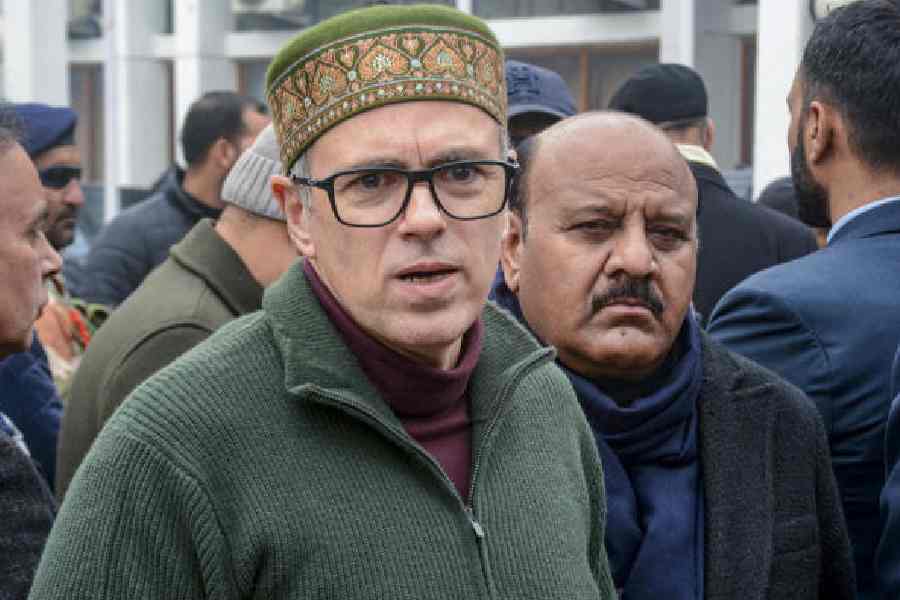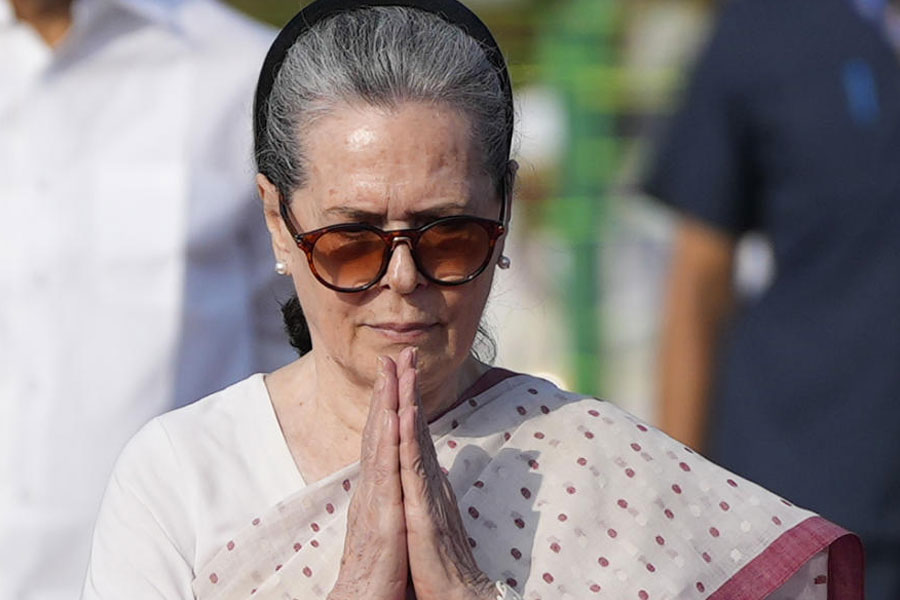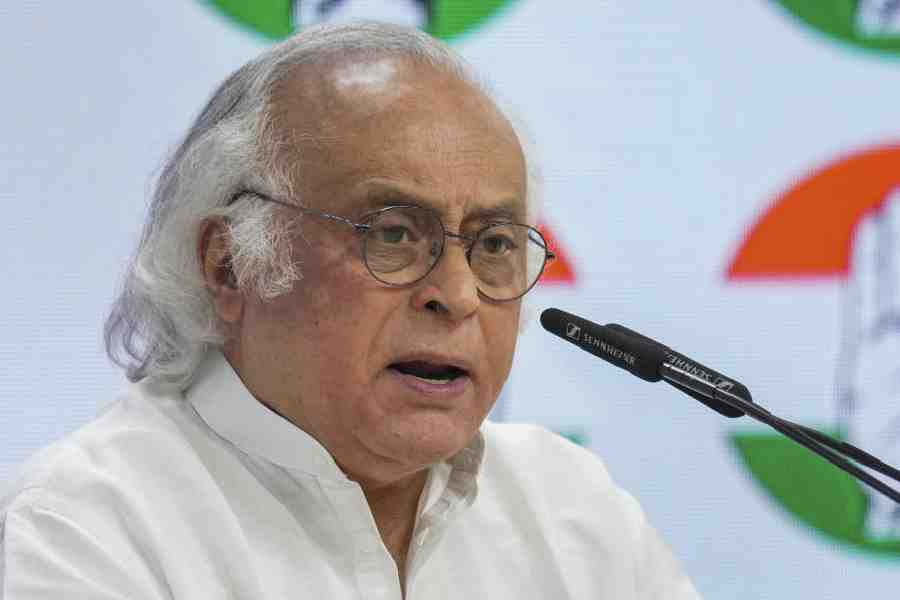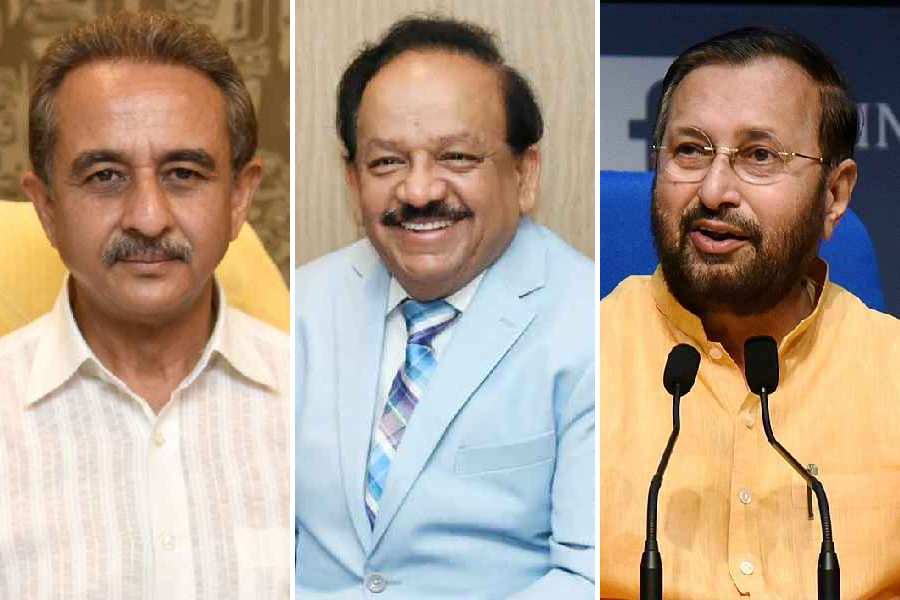The first matchbox factory of Bengal opened at 30 Russa Road in 1892, decades after their invention in Europe. But Calcuttans were using matchsticks years before.
A collection of imported matchboxes is on display as part of the History and Heritage Exhibition 2025 at an address that might have seen them in use — the boro bari of the Sabarna Roy Choudhury Paribar in Barisha.
The four-day exhibition on old Calcutta artefacts is on till Wednesday.
“Matchboxes were being imported in Calcutta as early as the 1870s,” said Souvik Roy, who has displayed his collection.
“A company was set up in Hanover, Germany, named Bengal Safety Matches, of which the main clients were the babus who would order firecrackers for weddings of their pet cats and the like,” he said, pointing to the oldest of his exhibits — labels of pyrotechnic matches.
The earliest matchboxes did not carry the names of the importers but gradually names like M.N. Mehta and A. Janowitzer began to appear, eventually replacing the names of the makers. Only the country of origin would be mentioned. While Germany and Sweden were the first exporters, the latter being the birthplace of safety matches, Japan joined once the shipping lines via Madras and Calcutta opened circa 1905, according to Roy.
A Japan matchbox on display carries the 1914 calendar, crisply listing out the Sundays of all the months. “The earliest matchboxes carried pictures from foreign countries, as directed by the importers. One A.M. Essabhoy ordered woodcuts of elephants. Elephant matchboxes must have been popular enough in India for the Japanese makers to source the prints. Elephants were not native to Japan,” Roy said.
One N.M.A. Poonawala imported matchboxes with erotic illustrations of women. One such is exhibited featuring a uniformed man and a semi-clad white woman, made in Japan. “These matchboxes were not allowed into the inner chambers of babu families where the women were,” Roy said.
Gradually, Indian prints began to be used on matchboxes. The same woodcut print of Kali made it to both Sweden and Japan to be sent back on matchboxes.
Roy is exhibiting 15 matchboxes from Austria and Sweden commemorating the coronation of Edward VII as emperor of India. If these importers flattered the British, woodcut prints of Bankimchandra Chattopadhyay, with Vande Mataram printed below, also made it to matchboxes.
The exhibition pays a special tribute to Gauhar Jan, the first artiste to be recorded on shellac discs in India. Two of her single-side records are on view, where she ends with “My name is Gauhar Jan” for the recordist’s benefit.
Her popularity made her the subject of matchboxes, imported from Austria and Czechoslovakia, which were priced about 10 paise more than the market rate, Roy has shown in a contemporary tariff table sourced from Osmania University.
Pictures of other courtesans followed — Oomrao Jan, Sanichar Jan, Gulnar Jan, Taramati and Laila Begum — made in Sweden and Austria.
“This is the 19th edition of the exhibition. We have chosen a theme country this year, Germany,” said Parishad secretary Devarshi Roy Choudhury.
German porcelain dolls, solar carriage clocks, a wooden box plate camera, a folding bellow camera, torches, scissors, hurricane lamps and an Ambassador wall clock, belonging to the collection of Tapas Kumar Basu of Belgachhia, are also displayed, alongside Roy’s Azad Hind stamps printed in the government press of Berlin but never used.










